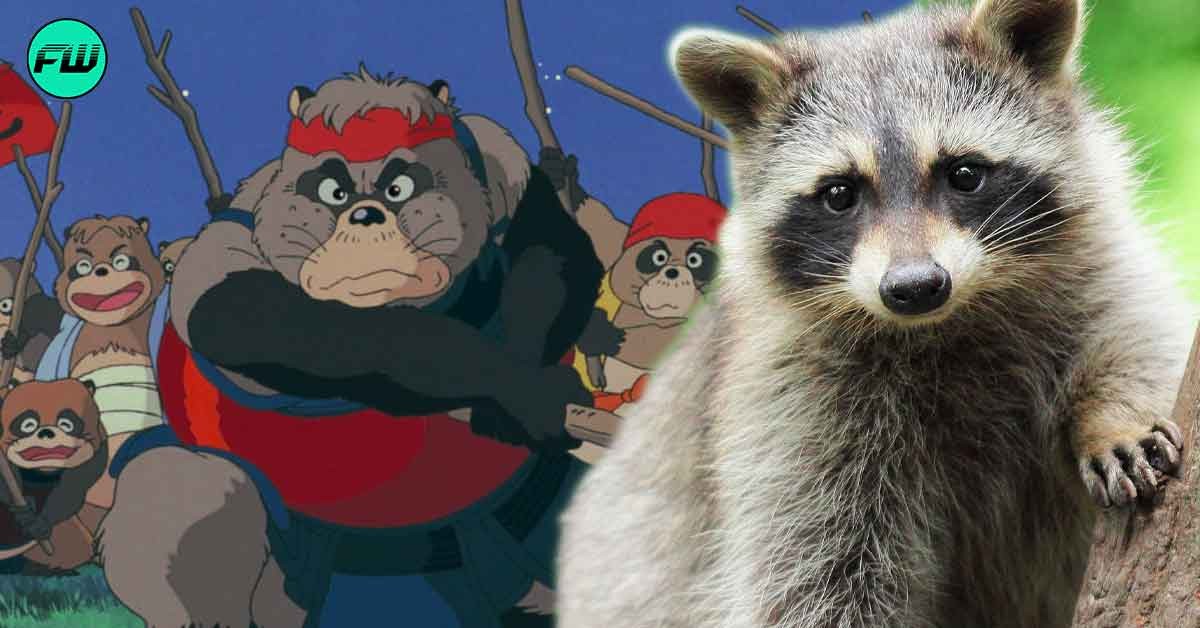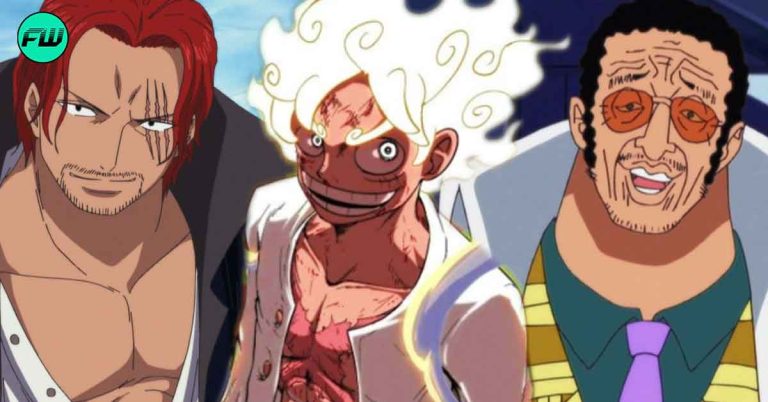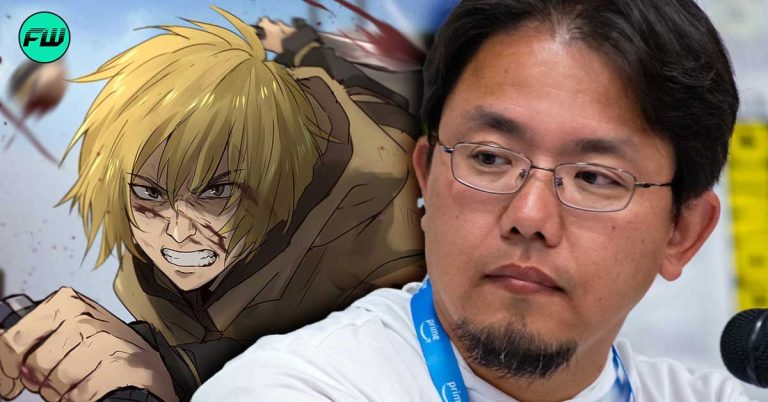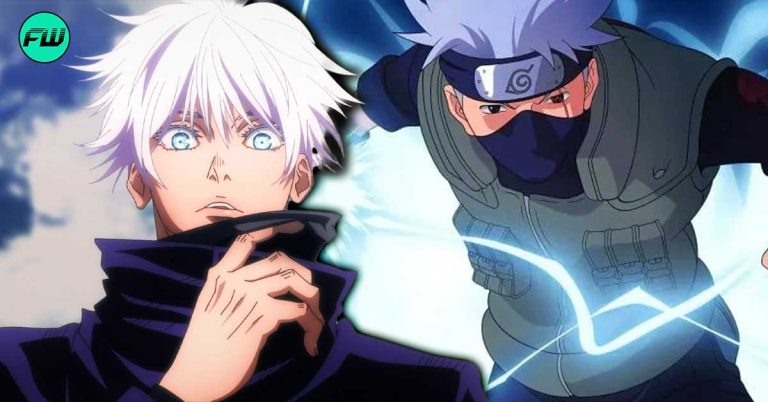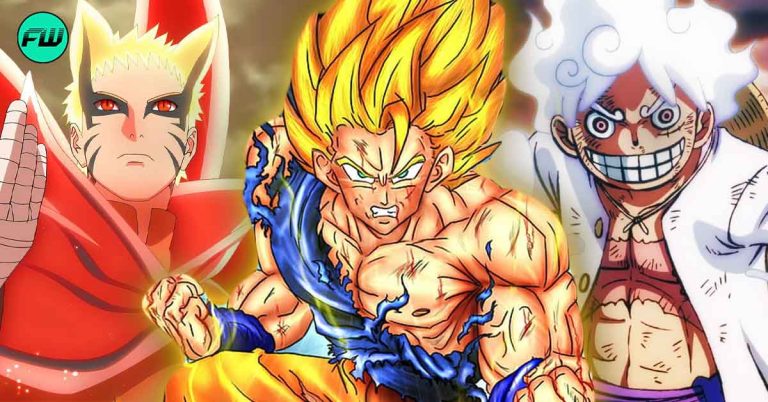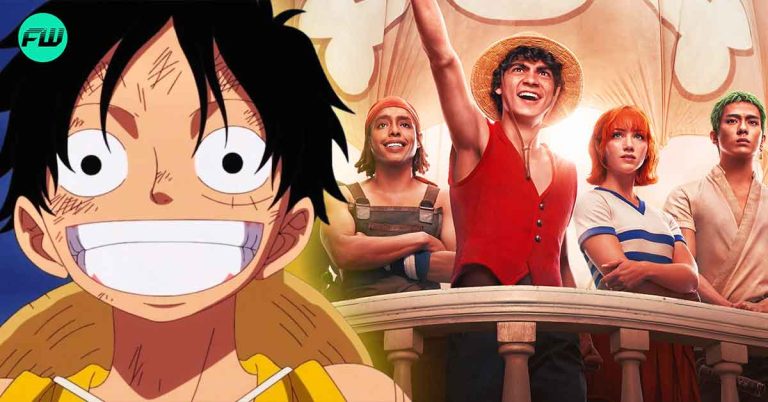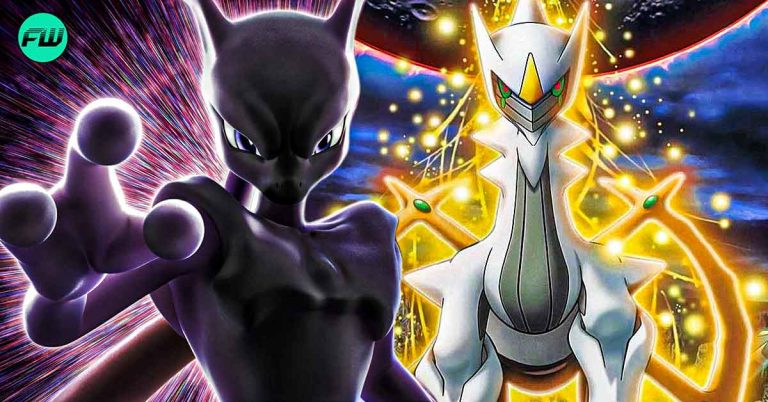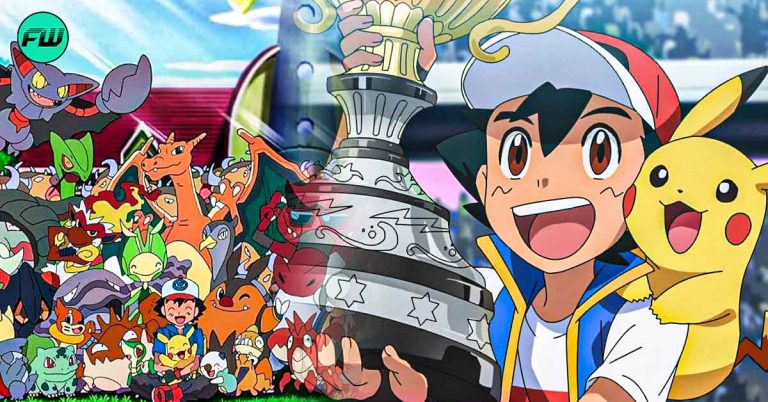Since 1986, Studio Ghibli has been subtly transforming the world of animation by fusing a charming and empathetic worldview with exhilarating adventure. The famous duo of Hayao Miyazaki and Isao Takahata made their film debut that year with Castle in the Sky. With My Neighbor Totoro and Kiki’s Delivery Service, Miyazaki closed out the 1980s and established himself as Studio Ghibli’s leading international figure.
It didn’t take long for producer Takahata to take on the role of director and create the melancholy Grave of the Fireflies, which was screened in Japan alongside Totoro as a dual feature. One film from Studio Ghibli, Pom Poko, is by far the strangest animated movie produced by Studio Ghibli.
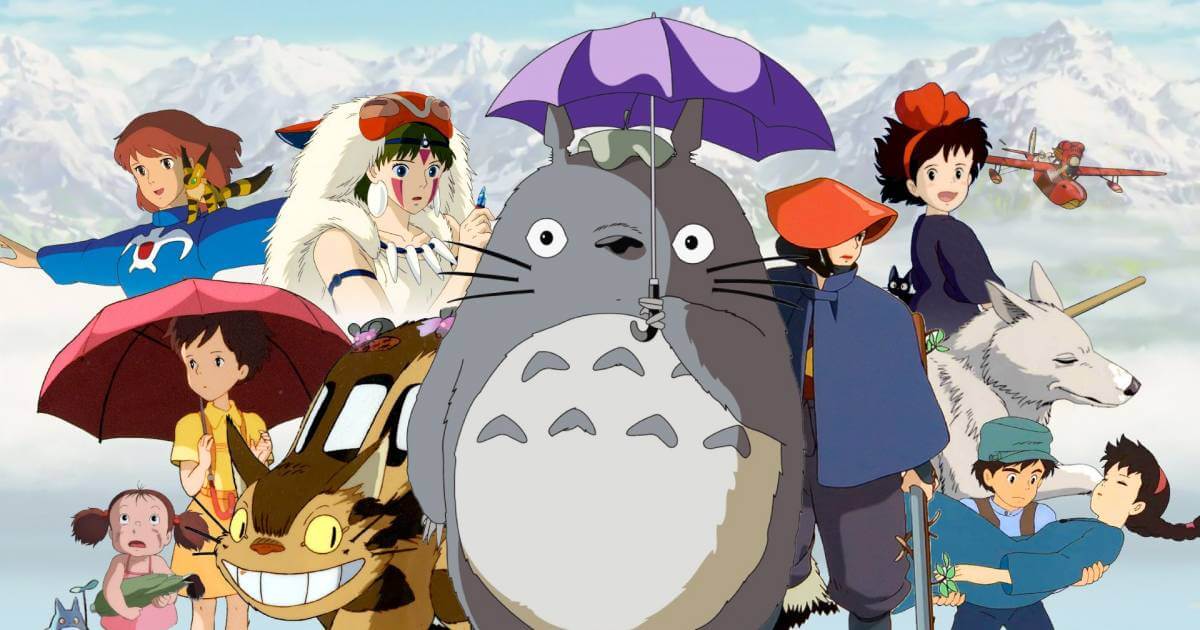
What is Pom Poko about?
Takahata’s underappreciated gem is centered on a group of tanukis, who are true Japanese animals frequently referred to as raccoon dogs. Without understanding the significance of the tanukis in Japanese culture since ancient times, it is difficult to appreciate Pom Poko. Tanukis from the forest outside of Tokyo fight humans who are pillaging their habitat to make room for a new, enormous suburb in the main plot of Pom Poko. Takahata fuses the charm of folklore with the real history of Tama New Town, the greatest housing development in Japan, in his animated story.
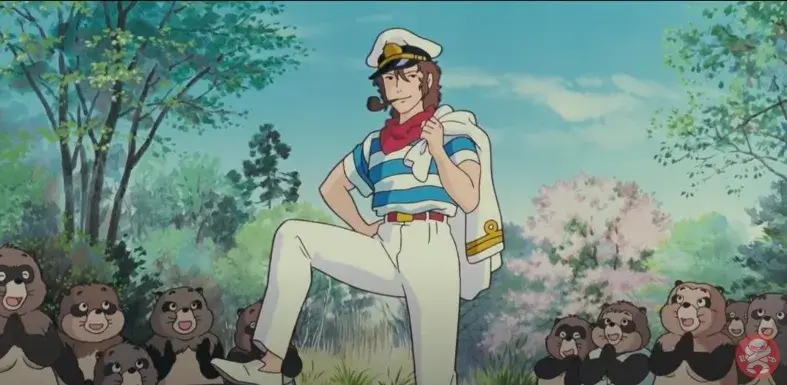
The film’s initially cute and humorous cartoonishness eventually turns sinister. Tanukis who are unable to change are losing hope; one group, led by the irascible Gonta, turns into eco-terrorists who murder people; another group wants to learn how to win the struggle peacefully without using bloodshed; and the beings fight among themselves because of these differences in ideology.
Takahata’s film explores ecological balance through the use of amusing protagonists, a theme that is also present in other Studio Ghibli animated works, particularly Nausicaa of the Valley of the Wind and Princess Mononoke. Pom Poko’s nature vs. man plot criticizes capitalism’s “progress at any cost” mentality and alerts us to the way that once-green spaces are now being replaced by concrete jungles.
Animals lose food sources, housing, and often even their lives when humans destroy their ecosystems in forests. As a result, not only are they and their surroundings harmed, but also people and the earth as a whole.
Also read: Gojo’s One Obsession to Boost His Brain Power Makes Him Completely Different From Naruto’s Kakashi
Japan’s real-life raccoon crisis
The tale begins in 1977, when Nippon Animation produced the television show Rascal the Raccoon, delighting a sizable following of devoted viewers. The series told the tale of a little boy who adopts an orphaned baby raccoon and develops a close relationship with it. It was based on the American children’s book and autobiographical novel Rascal: A Memoir of a Better Era by Sterling North.
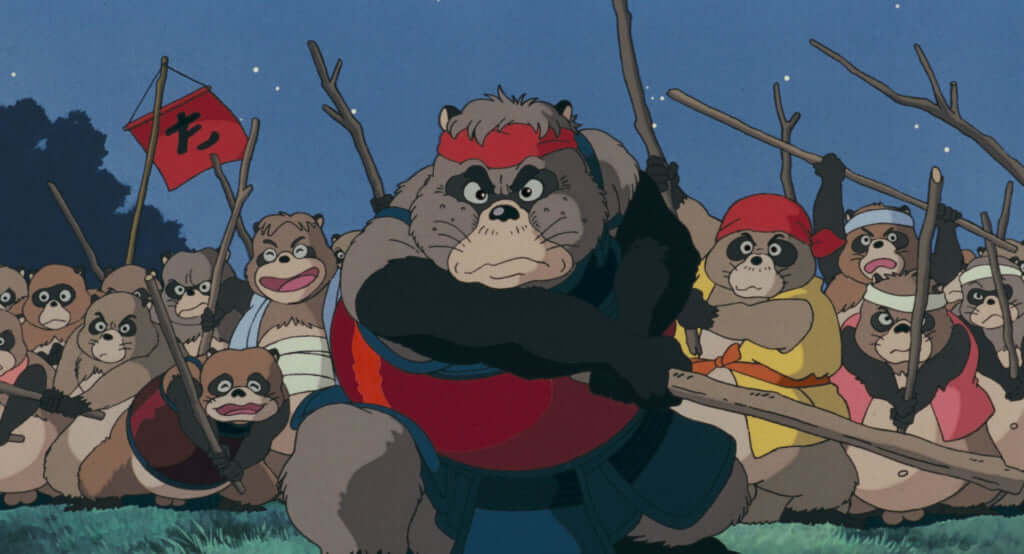
With small children all over Japan clamoring to purchase a raccoon of their own, raccoon sales skyrocketed as the film delighted audiences, thanks in large part to its cute animation.
Each year, some 1,500 of them are imported before the authorities can keep up. But the nocturnal creatures can be difficult to manage because of their unpredictability, which in many cases resulted in many bite wounds and even caused homes to come dangerously close to being completely demolished by their ferocious power and razor-sharp claws.
As a result, many of these creatures were returned to the wild, where they were free to reproduce and spread throughout the nation because they had no natural predators. Raccoon populations are growing, which is problematic for local birds because the mammals love eggs as appetizers. In addition to destroying homes, raccoons have also caused damage to key structures like temples and other sacred sites throughout the country.
After many years, raccoon imports are now subject to incredibly rigorous regulations since the animal is now viewed as a problem. Even though a ten-year effort to completely eradicate all raccoons in Japan was tried by the Hokkaido government in 2003, it was never adequately carried out due to a lack of funding. Since Studio Ghibli produced the environmental drama Pom Poko, an anime about raccoons, in 1994, they have grown to be an important element of Japanese culture.
Source: Farout

